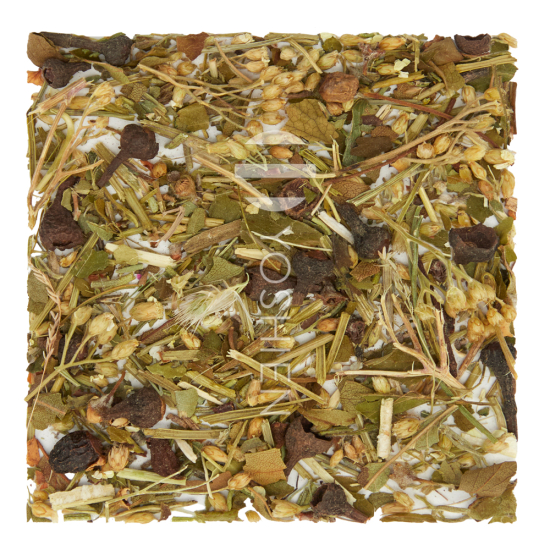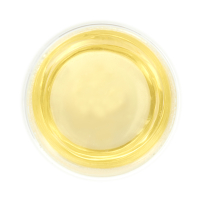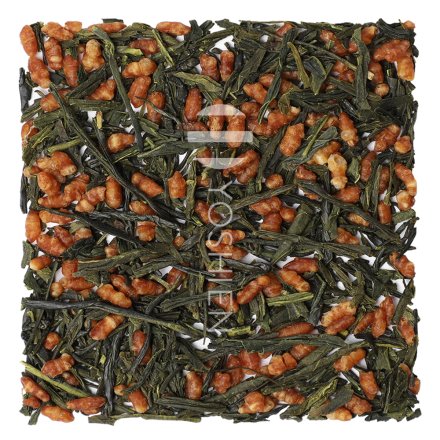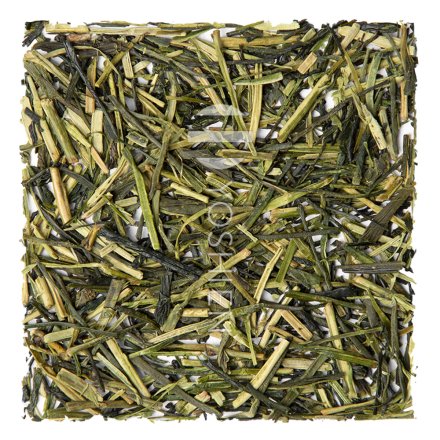ROSEMARY
Rosemary (Rosmarinus officinalis) is native to the Mediterranean region and was introduced to Central Europe in the First Century C.E. Known and appreciated since ancient times for its flavoursome and revitalising aroma, it can still be found in bridal bouquets.
HAWTHORN
The hawthorn (Crataegus) is a member of the rose family, belonging to the pome fruit genus. Its main area of distribution is in North America, although several of the 300 species can also be found in Europe. Hawthorn was often planted as a protective hedge to mark field boundaries, and many animals gather around and within it. Even the ancient Germanic peoples knew of its beneficial properties and revered it not only for its berries.
YARROW
Yarrow can be found throughout Europe, northern Asia, and as far north as the Arctic Circle. It is a perennial and hardy plant that remains above ground even in winter. Yarrow has a long-standing tradition in herbal medicine. According to Greek mythology, Achilles is said to have used yarrow, and it is from this legend that the plant gets its Latin name Achillea millefolium.
CINNAMON BLOSSOM
The cinnamon tree (Cinnamomum zeylanicum) belongs to the laurel family and is renowned for its many uses, not only in its native Southeast Asia. As early as 2000 BC, the Egyptians used it for embalming, and in China and India, it has been used since time immemorial to treat a variety of ailments. The cinnamon tree must grow for several years before the trunk is cut. The young shoots that emerge are then harvested and peeled after another two years. The bark naturally curls into the familiar shape we know as cinnamon sticks.
PINE NEEDLE
The needles of the pine tree (Pinus abiete acus) typically remain on the tree for at least two and up to thirty years before eventually falling off in bundles. They range in length from 2.5 to 50 centimetres and are usually between 0.5 and 2.5 centimetres long, with some species reaching up to 7 centimetres. The pine tree is primarily found in the Northern Hemisphere, although some species have spread into subtropical regions.
PASSION FLOWER
This plant, native to Central and South America (Passiflora incarnata), has made its way from the subtropics to colder parts of Europe, originally arriving as an ornamental plant. In Christian symbolism, its five stigmas are revered as representing the five wounds of Christ. While the indigenous tribes of the Americas primarily used its roots, Europeans discovered the calming effects of the herb. A Spanish doctor brought it to Europe in 1569, where it has been highly valued ever since for its extraordinary beauty and variety.















